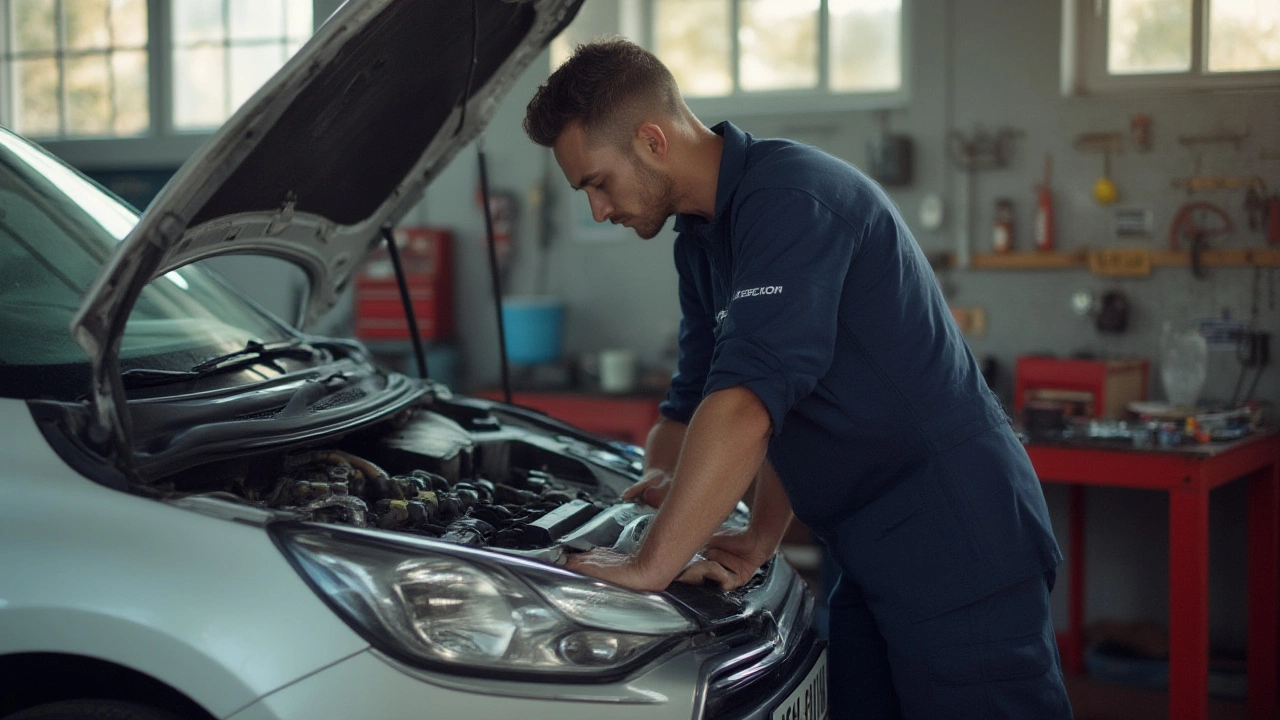Radiator Lifespan: How Long Can You Expect Your Car Radiator to Last?
Ever wondered why some owners swear their radiators gave up after 50,000 miles while others push past 150,000? The answer isn’t a mystery – it’s a mix of the radiator’s build quality, driving conditions, and how well you look after it. In this guide we’ll break down the usual mileage range, the biggest culprits that shorten it, and the everyday habits that can add years to the cooling system.
What Affects Radiator Life?
First off, not all radiators are created equal. OEM (original equipment manufacturer) parts often use copper or aluminium cores that resist corrosion better than some cheaper, thin‑walled aftermarket units. Age‑related wear comes from three main sources:
- Coolant quality. Old or contaminated coolant becomes acidic and eats away at metal. If you skip the 2‑year flush, you’re basically giving rust a free ride.
- Temperature spikes. Frequent short trips don’t let the engine reach full operating temperature, which leaves moisture in the system. Overheating from a stuck thermostat or a failing water pump also stresses the radiator walls.
- Physical damage. Road debris, potholes, or a loose fan belt can dent the radiator or break a hose, leading to leaks that accelerate corrosion.
When these factors combine, you’ll start seeing leaks, rust stains, or a drop in coolant level well before the typical mileage estimate.
Tips to Extend Your Radiator's Lifespan
Good news: you don’t need a mechanic every month to keep the radiator happy. Simple, regular actions go a long way:
- Check coolant level every month and top up with the right mix (usually 50/50 antifreeze and water). Watch for any sudden drops that could signal a leak.
- Follow the manufacturer’s service interval for coolant flushes – usually every 2‑3 years or 30,000‑40,000 miles. This removes rust particles and restores proper pH.
- Inspect the radiator and hoses for cracks, bulges, or coolant stains when you change the oil. Catching a small leak early saves a costly replacement later.
- Keep the front grille clean. Dirt buildup blocks airflow, forcing the engine to work harder and raising the radiator’s temperature.
- Replace a failing thermostat or water pump promptly. Both parts regulate temperature; a malfunction means the radiator gets hotter than it should.
By treating the cooling system like a regular part of your car’s health routine, you can comfortably reach the 100,000‑mile mark and often beyond.
Bottom line: a typical car radiator lasts between 80,000 and 150,000 miles, but the exact number depends on coolant care, driving habits, and avoiding physical damage. Keep the coolant fresh, watch for leaks, and stay on top of related parts like the thermostat and water pump. With those simple steps, you’ll keep your engine cool and your wallet happy for many miles to come.
 8 July 2025
8 July 2025
Radiator Replacement Guide: When Should You Change Your Car Radiator?
Get the facts on how often to replace radiators. Learn the signs of a failing car radiator, tips to extend lifespan, and the real-life timelines for safe, worry-free driving.






0